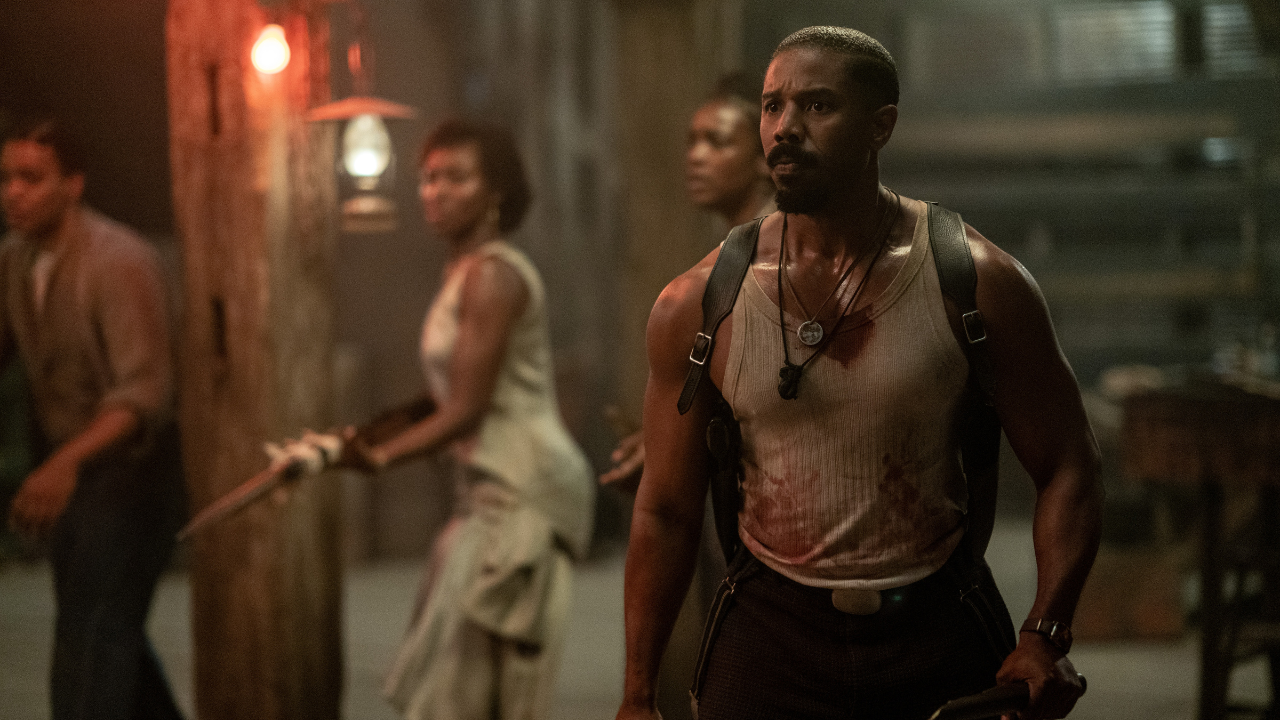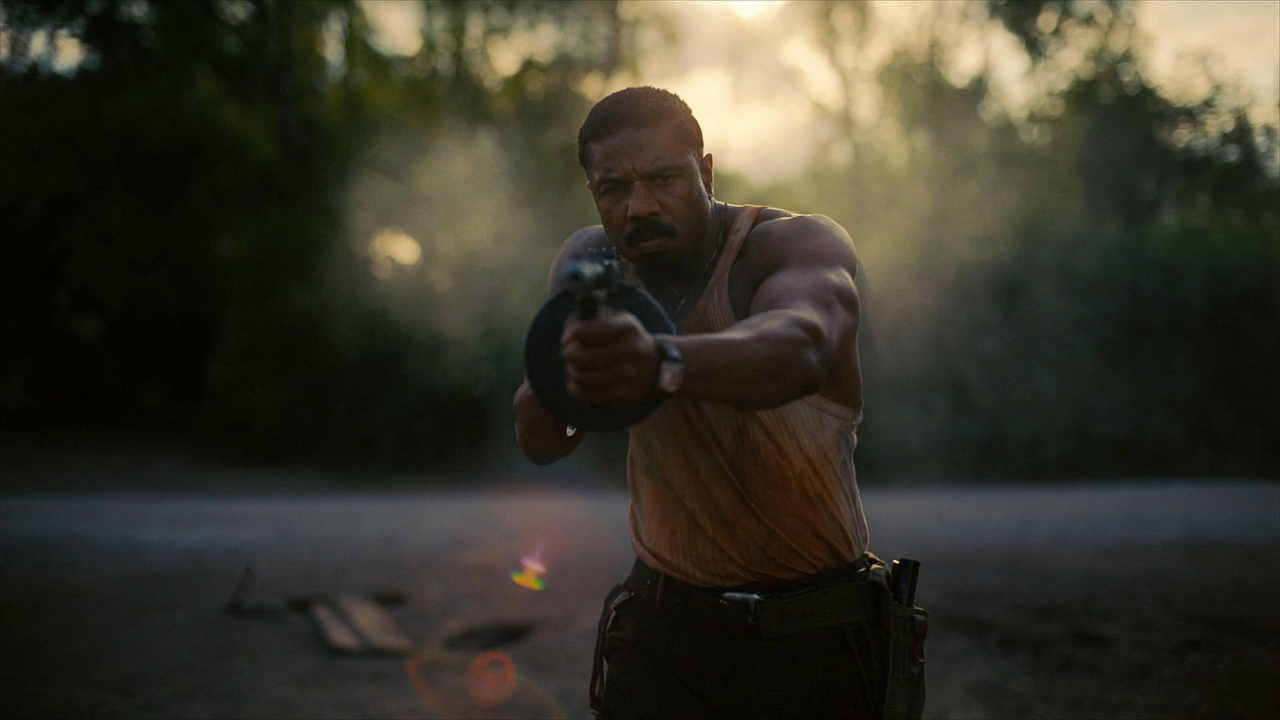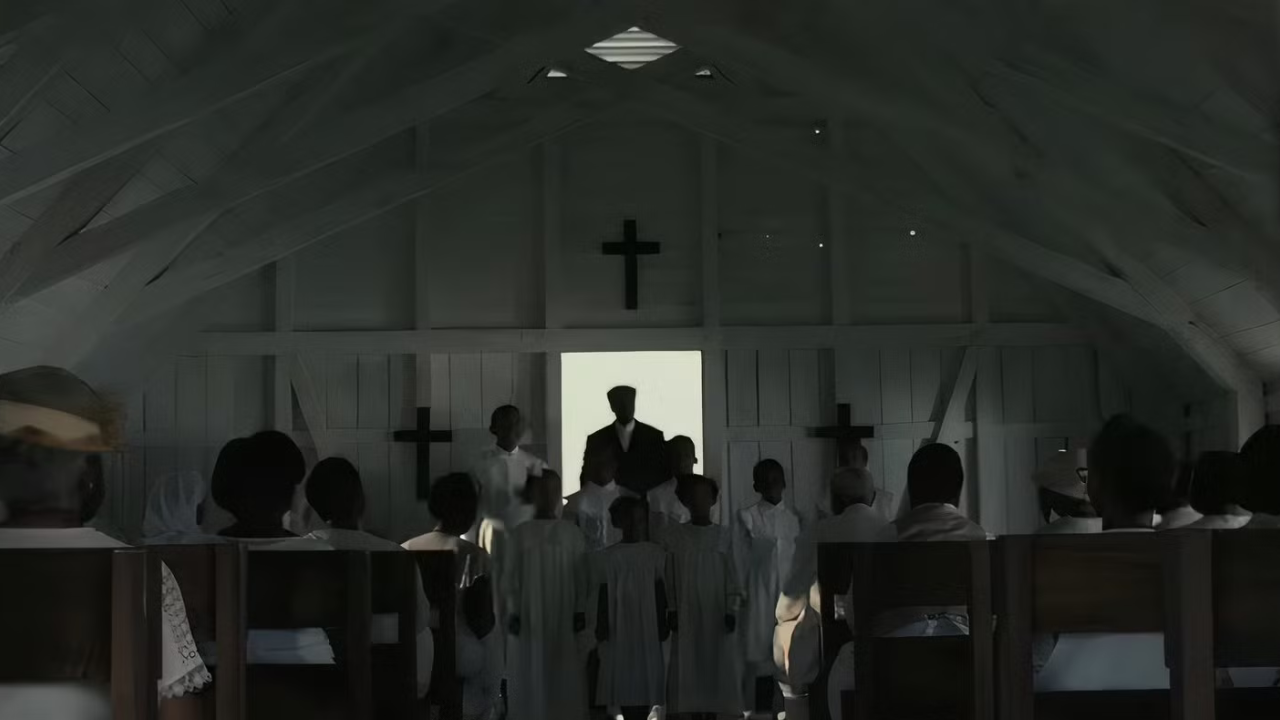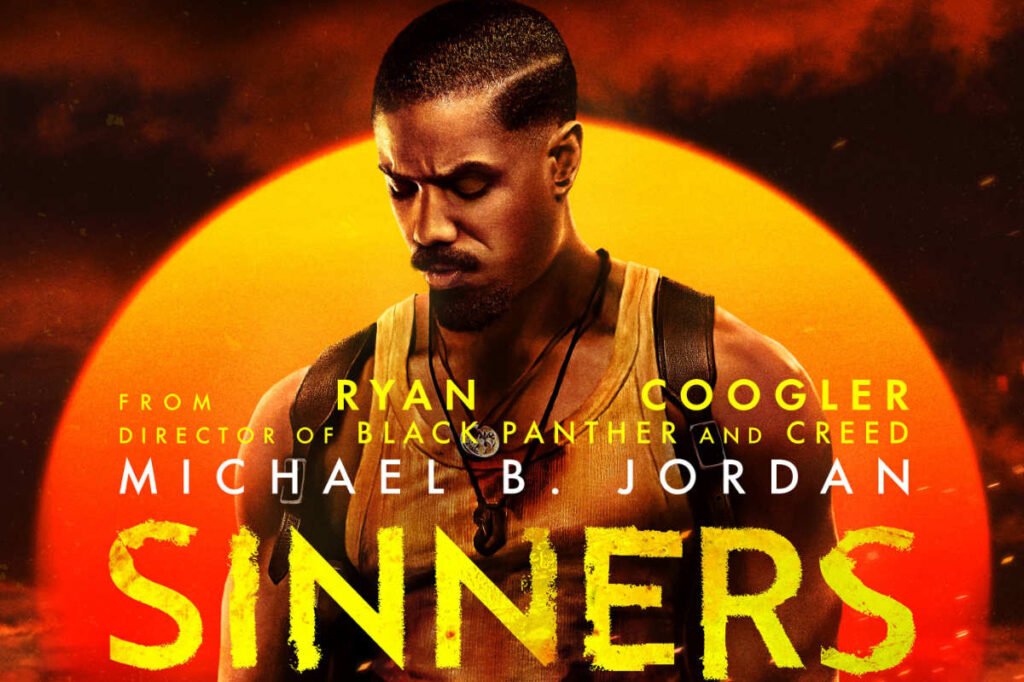The vampire movies tend to be hard to feel. The genre has its established principles: holy water, garlic, sunlight, and wooden posters are the conventional weapons against the undead. In many cases, the major difference between movies lies in the location, an urban city, a remote village in Europe or a deserted desert. In this regard, there is a bit of credit that should be given to Sinners (2025), a Southern Gothic horror musical by Ryan Coogler. The movie throws nearly everything to the screen, music, history, horrors, and supernatural, it is sometimes overwhelming and uneven.
Michael B. Jordan stars as Elijah “Smoke” Moore and Elias “Stack” Moore in Sinners; they served in world war I and relocated to Chicago where they worked in the Al Capone organization. In 1932, they went back to the Mississippi Delta and brought cash and ultimately brought the Irish beer to start a juke joint in an old sawmill that they bought in an auction that was conducted by a racist landowner. They want to provide for the Black community in their locality, and they do it with the assistance of their young cousin Sammie (Miles Caton), an accomplished musician and a former backup singer of H.E.R. Even with all the planning, the ugly reality of racism in the Jim Crow era is narrowing down on the brothers and just as they are about to close their first day of operation a violent, supernatural death threat stares down over the juke joint.

Coogler brings his trademark style to the project, and it recalls the ambition that he had shown in Black Panther: Wakanda Forever. He wants to be grand and epic and tries to touch the personal matters of broken black lineage and the long-term consequences of racism. Jordan performs two roles, and his turn as the brothers is alternating between hot and heroic. The ensemble cast is wide and spread, including Delta Slim (Delroy Lindo) who is a talented and drunken blues performer, Annie (Wunmi Mosaku) who is an Hoodoo cook, Grace and Bo Chow (Li Jun Li and Yao), who run the bar, and Cornbread (Omar Benson Miller) who is the bouncer. Previous lovers such as the old flame of Stack Mary (Hailee Steinfeld) also come in, bringing in the elements of personal history and conflict. The story is further enriched by the fact that Sammie gets attached to Pearline (Jayme Lawson) who is a local girl. The juke joint itself actually does not appear on the screen until about an hour of the movie, as Coogler wants to immerse the audience in the setting to its full extent.
The cinematography of the film is shot on 65mm with IMAX cameras, with the focus on visual richness of the film. The use of long takes, whip pans, and lingering shots emphasize those details such as elegant suits of Smoke and Stack, the sweat shining in the Southern sun, and the surrounding world. The broad shot enables the audience to have a feel of the size of the Mississippi Delta and the environment of the characters. Although the aesthetic is impressive, the depth of field isolates the characters, at times, healing the setting which may give the feeling that the film is aesthetically distanced. The use of high contrast lighting helps to maintain the horror mood but sometimes covers the faces of Jordan when there is a need to show some emotional reactions, which influences the relationship with the viewer.

The film blends historical, supernatural, and musical elements. Sammie acts as a bridge between these themes: he is a preacher’s son and gifted blues guitarist whose music resonates beyond the physical world. One of the film’s most memorable sequences features Sammie performing in the juke joint, where his music manifests as a vivid combination of African drummers, Afrofuturist guitar riffs, and Chinese dancers. This sequence exemplifies Coogler’s ambition to combine spectacle with narrative depth, though it occasionally diverts attention from the central vampire plot.
The mystic aspect comes out as a group of three white vampires who perform Irish folk songs. Being attracted by exceptional musical talent of Sammie they are trying to enter the juke joint. We see that they are initially refused entry by Smoke and Stack but finally they manage to get in and end up in a violent collision. The scene also serves as a horror movie and a commentary on racial limits, showing how dangerous the transgressors of the spaces created by the Black community can be. The score by Ludwig Gross is changing between twangy blues to heavy metal and adds to the mayhem, whereas the increasing aspect ratio reflects the breadth of the violent spectacle. The film does not bring many new concepts to the myth of vampires, particularly in its Southern context, despite the spectacle.
To some extent, Coogler would like to juggle various plots and this fact makes the story appear disjointed. At times, it is not clear who the story is about, Smoke and Stack or Sammie, whose musical talents stand at the heart of numerous important scenes. The last three scenes with post-credit scenes are fulfilled with several functions; they give a closure to the dual performance of Jordan, the story of Sammie is resolved, and the sense of a complete narrative is given. Although the effect of these decisions dilutes the effect of the previous scenes, it demonstrates the desire of Coogler to encompass all narrative and thematic elements, both in terms of character development and social commentary.

The movie also explores other wider themes that are in line with the career of Coogler: African folklore, American racial history, fractured Black families, ancestral importance, and the power of music. These thematic threads are a result of the actions and relationships of each of the characters. The music by Sammie in its specific case is a narrative tool and a symbolic tool, which connects the past and the present and accentuates culture continuity. The juke joint is not merely a place but a place where history, art and supernatural threats merge and the film can deal with the strength and ingenuity of the black community despite the oppression of the society.
Read Also: Top 10 Tamil Movies 2025: Must-Watch Hits and Blockbusters
In spite of its weaknesses, Sinners manages to provide striking, emotionally balanced scenes. The vision of Coogler is grandiose, and though the movie sometimes gets lost in the middle, its passion and imagination cannot be neglected. The use of blood and the fights, the orchestral pieces and the visual images make the movie an experience that breaks boundaries, particularly in the Black-led horror and musical films. Although it does not break the vampire lore, the combination of genres and the cultural commentary in the film makes the film subgenre have a distinct voice.
To conclude, Sinners (2025) is an account of Smoke and Stack Moore going back to Mississippi to start up a juke joint with the assistance of their cousin Sammie. Human and supernatural dangers such as racism, family issues, and vampires who were attracted to the extraordinary musical ability of Sammie face the brothers. The movie is a horrifying Southern Gothic musical with elements of the community, family, and heritage. The varied actors, Michael B. Jordan, deliver two roles, Sammie, the musical superpower and Coogler, who makes Sinners a visually ambitious viewing experience, making it a complex albeit overwhelming one at times. Though it does not strictly venture out in the already established vampire narrative, the movie is remarkable in its daring, visual effects and cultural critiquing, providing viewers with a refreshing horror, historical, and music mix in the American South.
Read More: Interim government condemns attempted attack on advisor Mahfuz Alam in London
